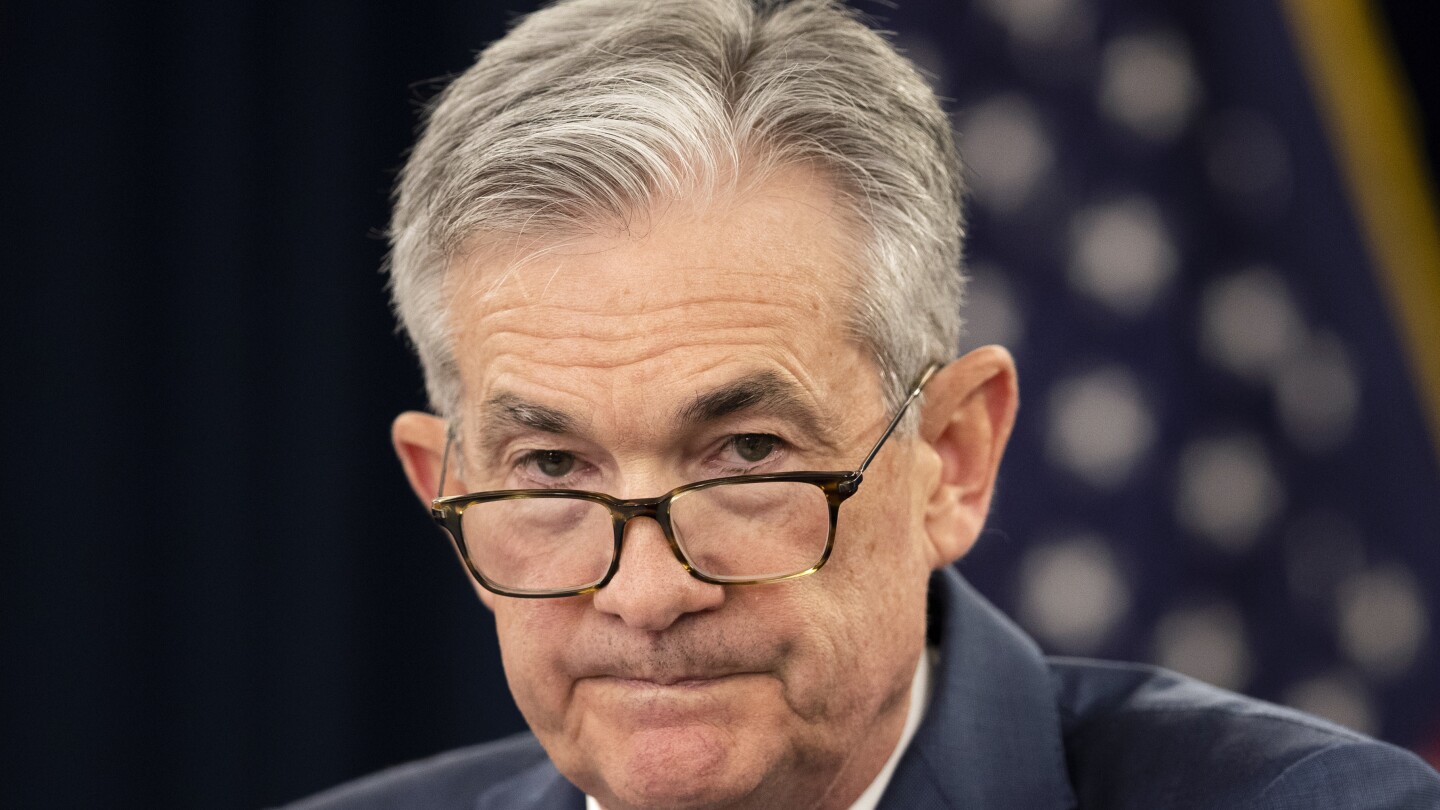President Donald Trump has been urging the Federal Reserve to cut interest rates, but even if the Fed complies, it might not result in lower borrowing costs for consumers. In reality, economists argue that Trump’s continuous criticism of Fed Chair Jerome Powell and his tariff policies could keep long-term interest rates higher than they otherwise would be. A less-independent Fed could eventually lead to higher borrowing costs as investors worry about potential inflation spikes in the future, demanding higher yields on Treasury securities.
Trump has repeatedly pushed Powell to reduce the short-term interest rate controlled by the central bank. Typically, the Fed lowers its rate during an economic downturn to encourage borrowing and spending, and raises it to cool the economy and combat inflation when prices rise. However, long-term rates on mortgages, auto loans, and credit cards are primarily determined by market forces. In recent weeks, concerns that Trump’s tariffs could raise inflation, along with threats to the Fed’s independence, have led markets to push these longer-term rates higher. It remains uncertain whether the Fed can fully reverse these trends alone.
Economist Francesco Bianchi from Johns Hopkins University stated, “It’s not automatically true that even if the Fed were to cut rates, you would see a measured decline in long-term interest rates. This kind of pressure on the Fed might backfire…if markets don’t believe the Fed has inflation under control.”
Trump renewed his calls for Powell to reduce the Fed’s short-term rate, telling reporters that the chair is ‘making a mistake’ by not doing so. Last week, Trump suggested he could fire Powell, while a top aide said the White House was ‘studying’ whether it could do so. Stock markets plunged in response, the yield on the 10-year Treasury bond rose, and the dollar fell, indicating investors were selling most American assets. Markets recovered after Trump said he had ‘no intention’ of firing the Fed chair.
Still, threats to the Fed’s independence have unsettled Wall Street investors, who view an independent Fed as crucial to controlling inflation. An independent Fed can take unpopular steps, such as raising rates, to fight inflation.
Since Trump began imposing tariffs in early March, the 10-year Treasury yield has risen from 4.15% to about 4.3%. Mortgage rates have also increased during this period, from 6.6% to 6.8%. While Trump claims to be negotiating over tariffs with many countries, most economists expect some level of duties to remain in place for at least this year.
Should the Fed cut rates now, longer-term borrowing costs ‘would move in the opposite direction, absolutely,’ said Lauren Goodwin, chief market strategist at New York Life Investments, ‘because the threat of inflation is so palpable— that move would call their credibility into question.’
Trump said in a social media post this week that there is ‘virtually No Inflation’ and as a result, the Fed should lower its key rate, currently at about 4.3%. Many economists expect the central bank will do so this year. However, Powell has emphasized that the central bank wants to assess the impact of Trump’s policies before making any moves.
Inflation has fallen in recent months, dropping to 2.4% in March, the lowest level since last September. Yet excluding the volatile food and energy categories, core inflation was 2.8%. Core prices often provide a better signal of where inflation is headed.
A key issue for the Fed is that the economy is very different now than it was during Trump’s first term. Back then, inflation was below the Fed’s target, making it a ‘no-brainer’ to cut rates if there was a threat of a recession. But now, tariffs will almost certainly raise prices in the coming months, at least temporarily, raising the bar much higher for a Fed rate cut.
Still, once there are clear signs the economy is deteriorating, such as a rising unemployment rate, the Fed will cut rates regardless of Trump’s actions, economists said.
Trump on Monday accused Powell of often being ‘too late’ with his rate decisions, but ironically, the Fed may move more slowly this time due to the threat of higher prices from tariffs. Without clear evidence of a downturn, Fed officials would worry about being seen as giving in to political pressure from Trump if they cut.
Powell knows the irreparable damage that would occur if it was perceived that he cut because he was forced to by Trump, said Tom Porcelli, chief U.S. economist at PGIM Fixed Income.
The Fed will be even more delayed because I think you’re going to get more of an inflation lift initially, before you get the more pronounced slowing in growth, Porcelli said.
Either way, it may take more than a Fed cut or two to bring down longer-term borrowing costs, Bianchi said.
To really lower long-term rates, you need to provide a stable macroeconomic environment, and right now we are not there yet, he added.
— new from AP News
